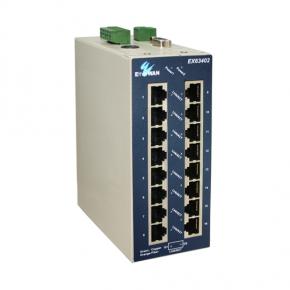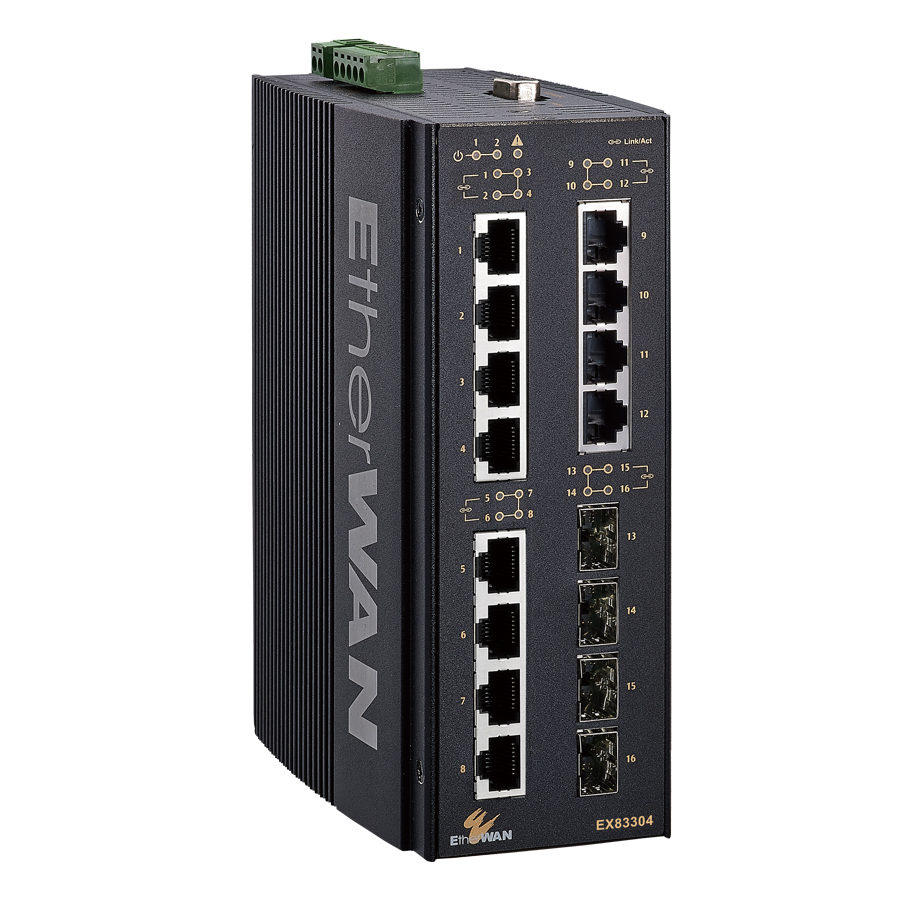Optimizing Power Management of a Semiconductor Plant in Japan

Power Quality and Efficiency Goals
Micron's semiconductor fabrication plant in Japan produces memory modules for consumer electronics, storage, and mobile devices. An Integrated Monitoring & Control System (IMCS) was installed to improve the reliability and power usage of the plant's production systems. The IMCS combines a Power Quality Monitoring System (PQMS) with a Supervisory control and data acquisition (SCADA) system for power management, including load restoration and GPS clock distribution and synchronization. The IMCS manages the facility's electrical distribution to assure supply stability and avoid costly downtime.
IMCS Challenges: Orchestrating SCADA, PQMS, and IEDs
The SCADA system, Power Quality Management System (PQMS), 30 industrial control managers (ICMs), and over 1000 intelligent electronic devices (IEDs) compose the IMCS. The ICMs act as communication managers, collecting IED/sub-system interface data that is delivered at the plant level. Devices like protection relays, motor managers, and feeder managers are examples of IEDs. There are two fiber optic rings required: one for SCADA and one for PQMS. The rings must be linked (coupled) redundancy. A PQMS server is linked to both rings.

System requirements include:
- Equipment needs to be highly resistant to heat and moisture
- The system must be scalable for future expansion
- Built-in network redundancy
- Coupling between two separate rings
- VLAN support for performance considerations
- SNMP for diagnostics and notifications
- IEC 61850-3 compliance
Powering Critical Application with the Best Network Solution
First and foremost, the devices for this application must comply with the relevant IEC standards. IEC 61850-3 encompasses immunity and environmental requirements for communication networks in such power systems. EtherWAN met the criteria with the EX63000 and EX83304 Series of industrial-hardened managed Ethernet switches.
The EX63000 Series has sixteen 10/100BASE Fast Ethernet ports, with up to two-gigabit combo ports and fixed fiber options. Exceptionally resilient to moisture and electromagnetic interference, it maintains functionality within an operating temperature range of -10 to 60°C (-14 to 140°F).
The EX83304 Series, on the other hand, has sixteen 10/100BASE Fast Ethernet ports, with up to two gigabit, fixed fiber, or SFP combo port options. Thanks to its rugged construction, it can function in an extensive temperature range of -40 to 75°C (-40 to 167°F).
Both models are compatible with EtherWAN's Alpha-Ring self-healing technology, a proprietary redundancy protocol that ensures a fault recovery time of less than 15 milliseconds, making it an excellent fit for critical applications such as this IMCS. Additionally, both models support ring coupling, enabling the connection of multiple Alpha-rings. Through ring coupling, one ring can be linked to another operating any redundancy protocol. SNMP and VLAN support are standard features on all EtherWAN managed switches.
Meeting Demands for Continuous Connectivity
Modern integrated monitoring and control systems are sophisticated undertakings that necessitate the use of a trustworthy network infrastructure. It is critical to select Ethernet switches with the appropriate features and performance standards. EtherWAN devices remain a preferred choice for applications that demand continuous connectivity.
Related Products:
EtherWAN – " When Connectivity is Crucial "
► For more information, please contact: info@etherwan.com.tw








